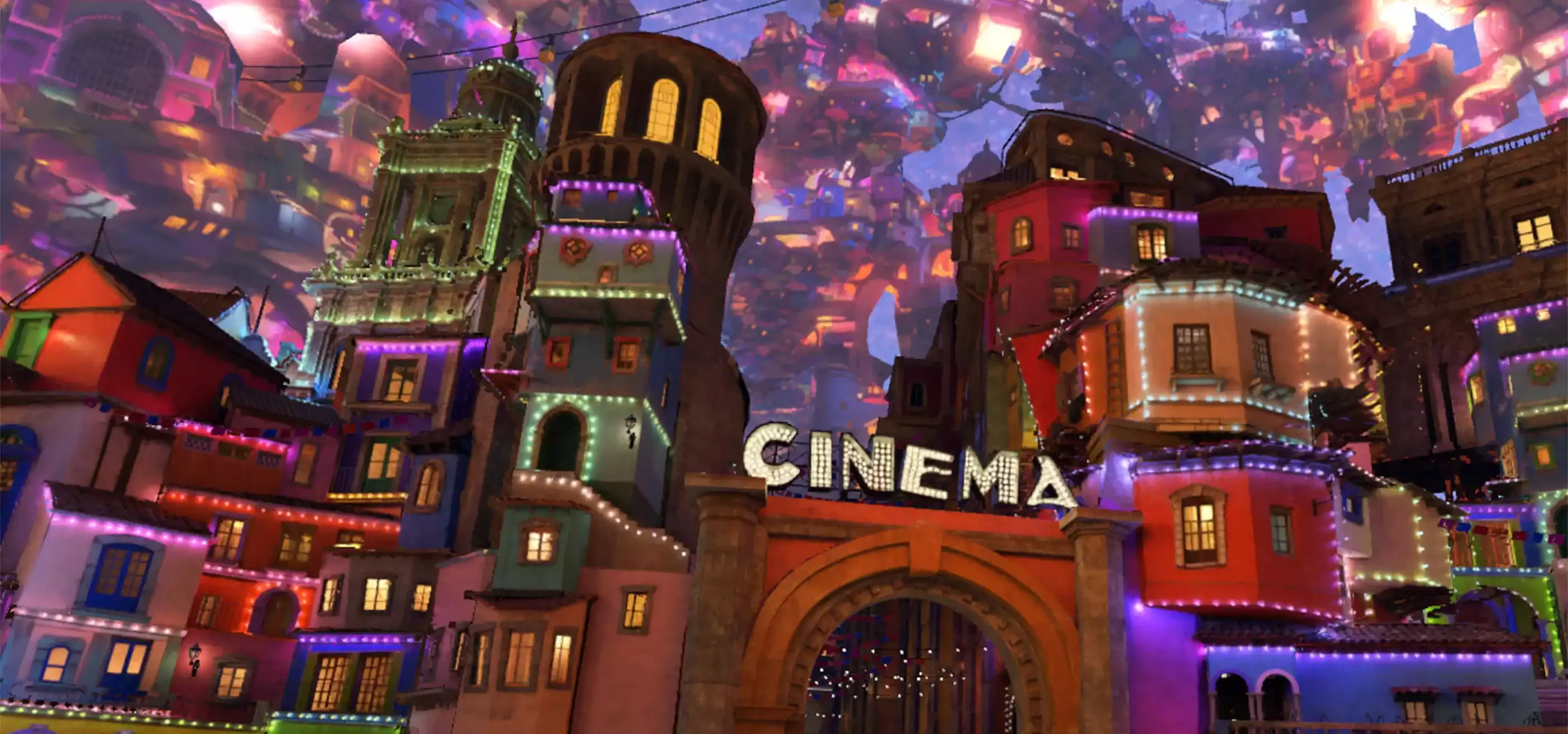When Chonlawat “Takki” Thammawan applied for a job at Magnopus, he quite literally didn’t know what he was getting into.
“Their website was super secretive,” Thammawan says. “To be honest, when I applied, I didn’t know what they did, so I didn’t know what to write in the letter.”
Impressed with his resume, Magnopus soon revealed itself as a “virtual experience” company and offered Thammawan a job as an animator. “I show up the first day and say, ‘Okay! So what am I working on?” Thammawan recalls, describing his surprise when the answer turned out to be a brand new project called Coco VR. “I was like, ‘Okay… I guess I’m working on a Pixar project now?”
Like the animated film it’s based on, Coco VR would go on to receive critical acclaim, even landing an Emmy nomination for “Outstanding Original Interactive Program.”
Looking back, Thammawan never expected he’d be doing this kind of work at a studio like Magnopus – high-level technical animation being a skill he didn’t think he was capable of just a few years ago. The fact that life has led him here, he says, is the result of a willingness to constantly step outside of his comfort zone and embrace uncertainty.
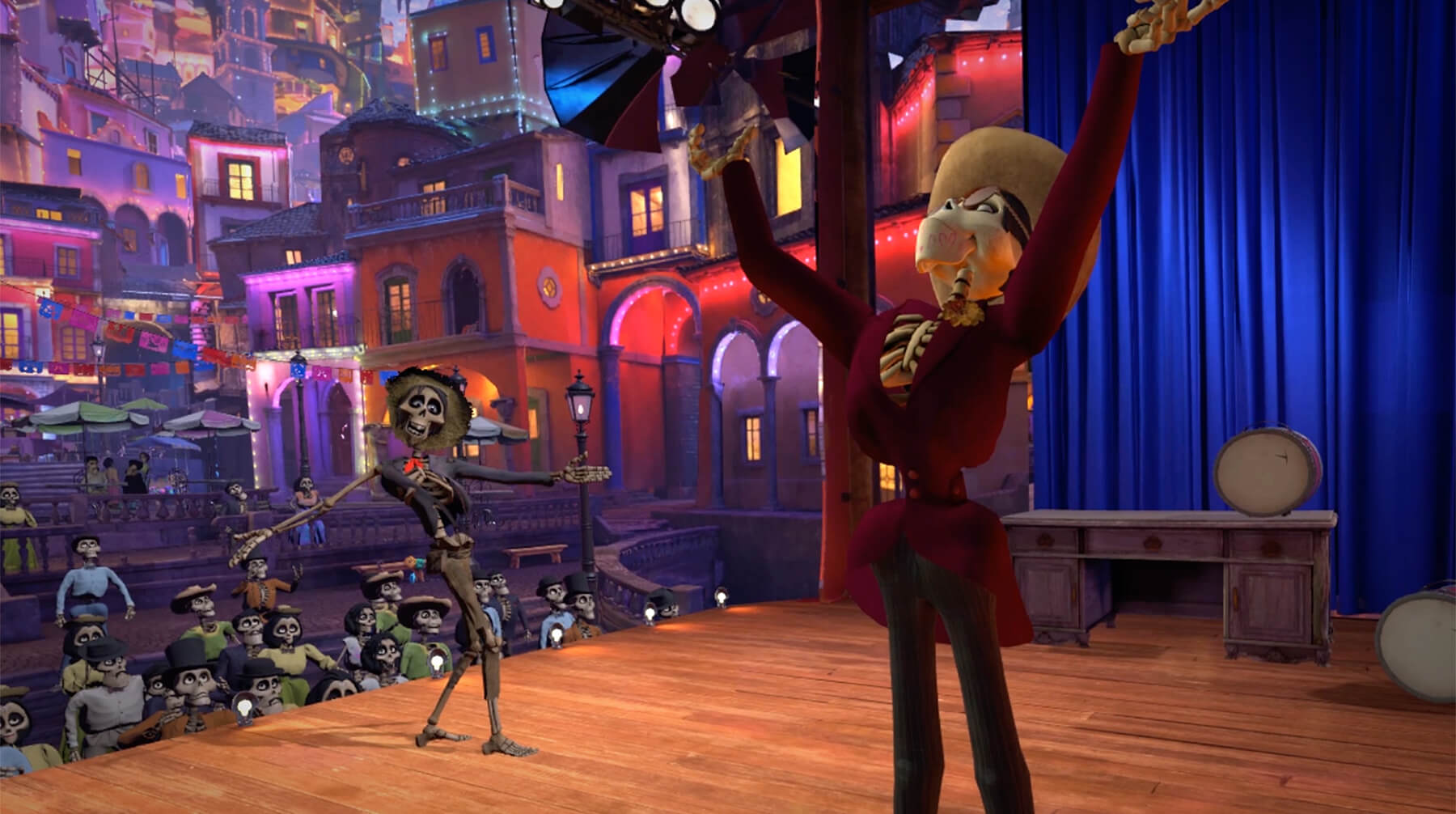
One of the first big steps he took into the unknown was to pursue art at all. “I’ve been drawing my entire life,” Thammawan says, “but as a kid you always hear, ‘Starving artist this, starving artist that.’” Growing up in Thailand, Thammawan didn’t see an industry for the kind of art he wanted to make, leading both he and his parents to doubt his initial career inclinations. Despite that, when it came time to pursue his college education, Thammawan decided to trust his gut.
“There were only two or three schools in Thailand at the time that really taught this stuff, so we looked at overseas options,” Thammawan says. Intrigued by DigiPen Institute of Technology, Thammawat flew to Washington and spent a year at community college to practice his English before taking the plunge and applying for DigiPen’s BFA in Digital Art and Animation program.
When I came to DigiPen and had teachers who actually worked on those films, it was like, ‘Wow! I’m talking to the person who drew Lion King and Lilo & Stitch?’ It was special.”
Once he got in, he dove headfirst into whatever came his way. “I didn’t really know what I was doing or what I was good at yet,” Thammawan says, “I just kind of rolled with school.” Although he was initially interested in illustration, character design, and concept art, his first two years in the BFA program — which covers fine art and animation fundamentals — pointed him in new directions.
“I discovered I liked 2D animation. When I watched Disney movies in Thailand, I didn’t think about how they were made or who made them at all,” Thammawan says. “When I came to DigiPen and had teachers who actually worked on those films, it was like, ‘Wow! I’m talking to the person who drew Lion King and Lilo & Stitch?’ It was special. It was like getting all this alien knowledge that I couldn’t get in Thailand.”
As he approached his junior year, a point in the program when BFA students transition from traditional animation and fine art into 3D animation and digital art, Thammawan felt reluctant to take the next step. “I had this idea in my head that I was going to hate 3D animation. There’s no drawing! What’s the point?” Thammawan laughs. “I also didn’t know anything about rigging. The idea just sounded scary and technical.”
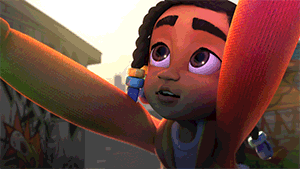
Despite his initial trepidation, professors told him he excelled at 3D animation. “That was something I did not expect,” Thammawan says. “Then I took a rigging class, and somehow, I liked it! It was like making toys, making your own action figures.”
In fact, Thammawan would make a lasting mark on DigiPen through his work on the now multi-award-winning 3D animated short film Adija, a project that director and fellow BFA student Apollonia Thomaier asked him to join in the early days of production. While senior short films typically consume most students’ free-time, Thammawan secretly conspired with fellow Adija animator Joe Vick to simultaneously work on a personal project as well – a short 3D fight sequence between two robots. “It wasn’t even supposed to be rendered, maybe not even textured,” Thammawan says. “But it snowballed because we really enjoyed it.”
During the DigiPen Career Fair, Thammawan’s professors were surprised to see the secret film – they were only expecting Adija. “We knew if we asked, they wouldn’t let us do it,” Thammawan laughs. “They would’ve said it was too much work. But they were impressed and said it was good enough to show at the Student Showcase [in addition to Adija].”
After graduating, Thammawan spent a year as a concept artist at Nintendo. “You’d think I’d like it, because that’s what everyone wants to do,” Thammawan says. “But I really liked the production phase [of work], like animation and polishing projects. Though doing concept art for Nintendo characters was really cool and I felt that I did it well, I realized that it was not for me, so later I decided to look for new opportunities.”
During that same time period, Thammawan spent much of his free time on personal projects. “I wanted to model, texture, and rig a character all by myself,” Thammawan says, describing his side work as an attempt at putting together “everything I’d learned from DigiPen.” Due to visa issues, he was forced to move on from Nintendo after a year of working there, but thanks to all the skills he showcased in his newly completed side project, finding new job leads wasn’t hard.
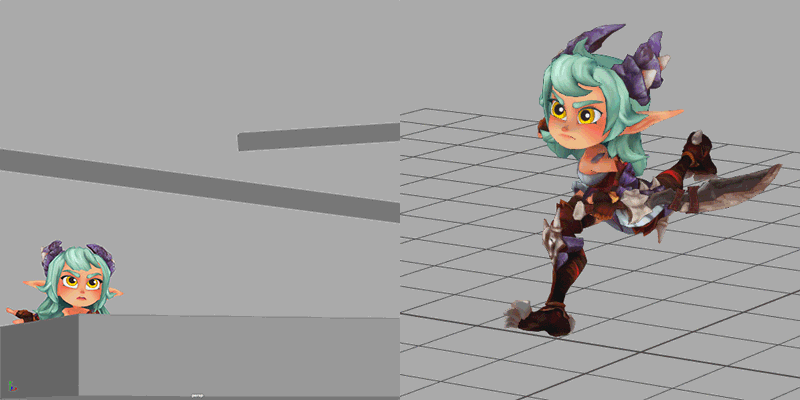
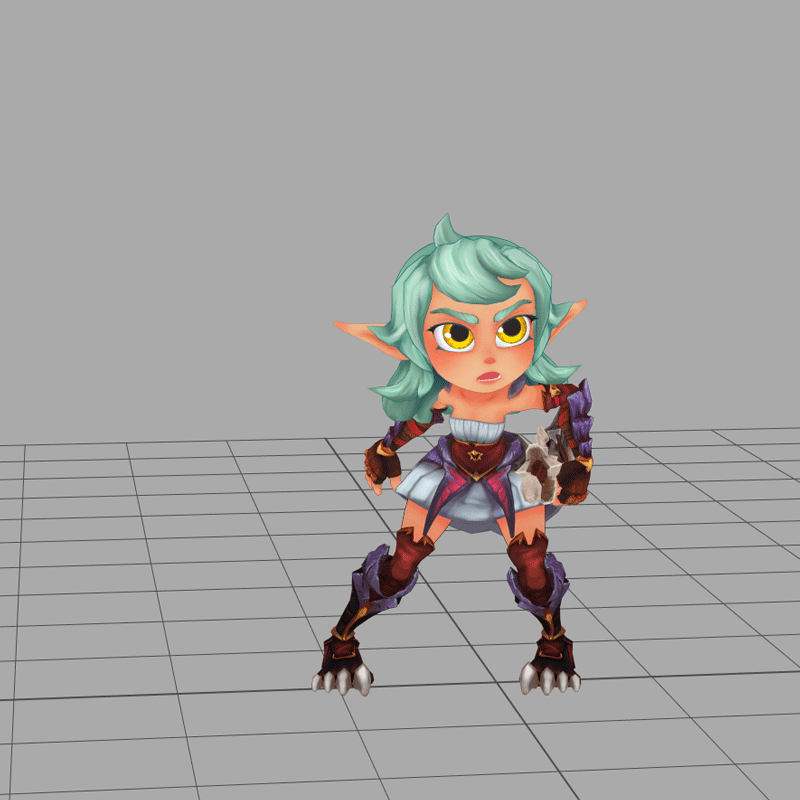
“I got so many job interviews because companies saw that I could do more than just animate,” Thammawan says, “I learned that companies really appreciate when you understand how other departments work.” While visa issues kept him from promising jobs at Blizzard and High Moon Studios, Thammawan kept plugging away at other employment leads. When recruiters at Magnopus came calling, he leapt at the opportunity and started work on Coco VR.
Before Magnopus could start working on Coco VR, Pixar needed to show the team what Coco was all about. Thammawan and the team headed to Disney headquarters for a private screening of a rough storyboard version of the film, serendipitously on the same week that his old Adija teammate Thomaier was starting a storyboarding internship there. “It was such a crazy coincidence!” Thammawan says. Despite how rough the early screening was, the emotional impact of the film was fully present. “I almost cried,” Thammawan remembers. “It’s crazy how powerful a rough storyboard could be.”
Thammawan’s main task on the project was translating the highly expressive qualities of Coco’s characters into a game engine, and it was no easy feat. From a very early stage, Thammawan was put in communication with Pixar animators via Slack. He was soon receiving digital assets directly from the film.
“When they sent assets to us, we were quite amazed,” Thammawan remembers. “When they model a house, they really model a house. Like, the room has a fan … with an electrical cord … that’s actually connected to an outlet. When you select something in Maya, you get green highlights of the model’s wireframe. When you select Pixar assets, it’s like everything becomes green.”
The polygon count on some of those Pixar assets was so high, simply opening the file could take 30 minutes. When Thammawan was sent the model for Héctor, one of Coco’s main characters, he was astounded to discover that each individual piece of straw in his hat had been individually modeled. “You can pull each of them out!” Thammawan says. “It was amazing. I don’t know how they made it, but it was mind-blowing that my second year in the industry I got to touch all these crazy assets. I learned so much.”
In fact, he learned enough that Pixar, which was initially wary of letting outsiders animate their characters, began to allow Thammawan to do just that. “One day my lead designer pulled me into a meeting … and he said, ‘You know what, Takki? Pixar has never, ever allowed us to animate their characters before you showed up.’ Magnopus thought that was a big deal and an indication of what the future could be like. Pixar [basically] just said, ‘Yeah, go ahead. Let him animate Miguel and all these other characters in the project for this big, super important IP.’ I was pretty proud of myself that I got to animate Miguel and Héctor!”
While rigging the characters for VR was a big enough challenge on its own, animating them to Pixar’s high-quality standards was even more daunting. With a tight production schedule on the project, roughly six months from start to finish, the idea of replicating Pixar characters’ appealing facial expressions and emotive qualities one-to-one in a game engine seemed like a tall order, even to the experts at Magnopus. At one point, Pixar made a surprise visit to the office to discuss the issue on the same day Thammawan’s lead designer happened to be away.
“My manager said, ‘Takki! Can you handle this meeting?’ So I had to go talk to them to assure them we could do it,” Thammawan says. “It was quite a challenge! But I said, ‘Yes, we can do this, and this is how it’s going to work.’ In the end, I think it turned out even better than I expected!”
Pixar was delighted with the quality of the final product, and so was the general public once they got their hands on it. Reviews lauded Coco VR for going far beyond what’s typically expected of movie tie-in VR experiences. In this case, four players at a time get to explore the film’s richly detailed Land of the Dead and interact with its inhabitants by taking part in unique activities. For the film’s release, Disney set up Coco VR in the lobby of select theaters for audiences to test out before seeing the film. “They’d look so happy,” Thammawan says. “Some people even cried.”
Looking back, Thammawan says he’s grateful he decided to take the giant leap out of his comfort zone into the world of 3D animation, and in particular, the art of rigging.
“Rigging is something I never thought I would or even could do. Now my career is mainly doing the thing I thought I was going to hate the most,” Thammawan says. “Isn’t that crazy? I think DigiPen is the best place to learn all this stuff, because outside of school you don’t go outside of your comfort zone as much as you do in school. You never know what you’re going to like. That’s what I tell students when they talk to me: Be open to trying new things. What if I told myself I hated 3D animation and didn’t spend time on it? I wouldn’t be here today.”
